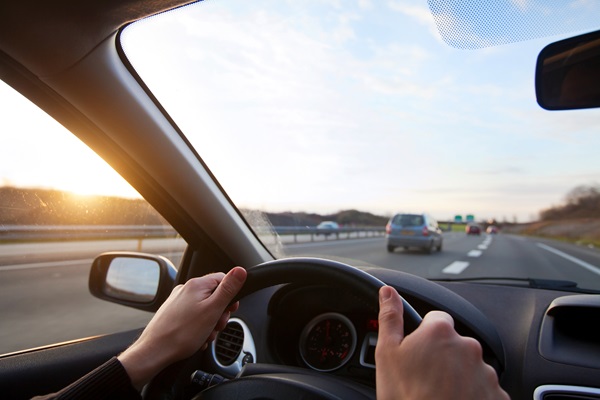
Remember the days of driving school, where an antiquated video or a monotone instructor drilled basic highway etiquette into your head? One of the most memorable rules was simple: stay to the right unless you're passing another vehicle. This piece of advice has been applied to highways in Maine for decades. It's still an effective way to avoid a car accident on the Maine Turnpike or any other major roadway.
However, as time passed, the expansion of the Maine Turnpike brought new challenges to the old rules. To address these changes, lawmakers updated regulations, including one that drivers frequently overlook, sometimes unintentionally. The Maine Turnpike Authority instituted a rule for the three-lane section of the turnpike, where tractor-trailers can't use the far left lane. Ignoring this rule could result in fines.
What does this law mean for Maine Turnpike drivers?
The law designates the center lane as the passing lane for large trucks on the Maine Turnpike. This shift in lane usage keeps the left lane clear for faster-moving vehicles while allowing tractor-trailers to pass safely. Unfortunately, many drivers mistakenly treat the center lane as a cruising lane. They often avoid slower vehicles and the hassle of on/off ramps on the right.
Maine law clearly states that on any limited access road with a speed limit of 65 mph or higher (e.g., the Maine Turnpike or I-295), drivers must stay in the right lane unless they're actively passing another vehicle. Once they pass, they must return to the right lane. Despite this, many drivers hover in the center lane, likely unaware that they're breaking the law.
Following highway lane rules is important for maintaining safety and smooth traffic flow. Staying in the right lane when not passing allows for efficient use of the road and minimizes the risk of car accidents. Moreover, ignoring these rules can lead to fines. Drivers should make a conscious effort to understand and follow the law, not just out of obligation but to ensure everyone's safety on the road.
How does failure to adhere to Maine Turnpike laws lead to car accidents?
The failure to adhere to highway lane rules can lead to several types of car accidents. For example, when drivers linger in the center or left lanes, it disrupts the intended flow of traffic. This behavior can cause faster-moving vehicles to weave in and out of lanes to overtake slower cars.
Additionally, when large trucks are restricted to the center lane and other drivers treat this lane as a cruising lane, it can result in dangerous situations where trucks are forced to pass on the right. Traffic congestion due to bottlenecking also becomes a problem. This often leads to aggressive driving, tailgating, and sudden lane changes.
What should I do if I'm hurt in a car accident on a Maine highway?
If you've been injured in a car accident on a Maine highway, The Law Offices of Joe Bornstein is here to help. Our experienced attorneys understand how a car crash can change your life. We're dedicated to securing the best possible outcome for you. We have a proven track record of obtaining meaningful settlements and awards for our clients, including:
- A $3,750,000 settlement for a client from Bangor who suffered life-altering injuries in a crash with a truck that crossed a median.
- A $3,240,000 settlement for a client from East Waterboro who sustained severe, lifelong injuries after a crash involving a driver who fell asleep at the wheel.
- A $2,000,000 settlement for a client from Hampden who sustained a traumatic brain injury in a crash with a driver who failed to yield.
Contact us today for a free case evaluation. We are committed to delivering aggressive, compassionate legal representation to clients across Maine. Let us put our proven track record of results to work for you.



